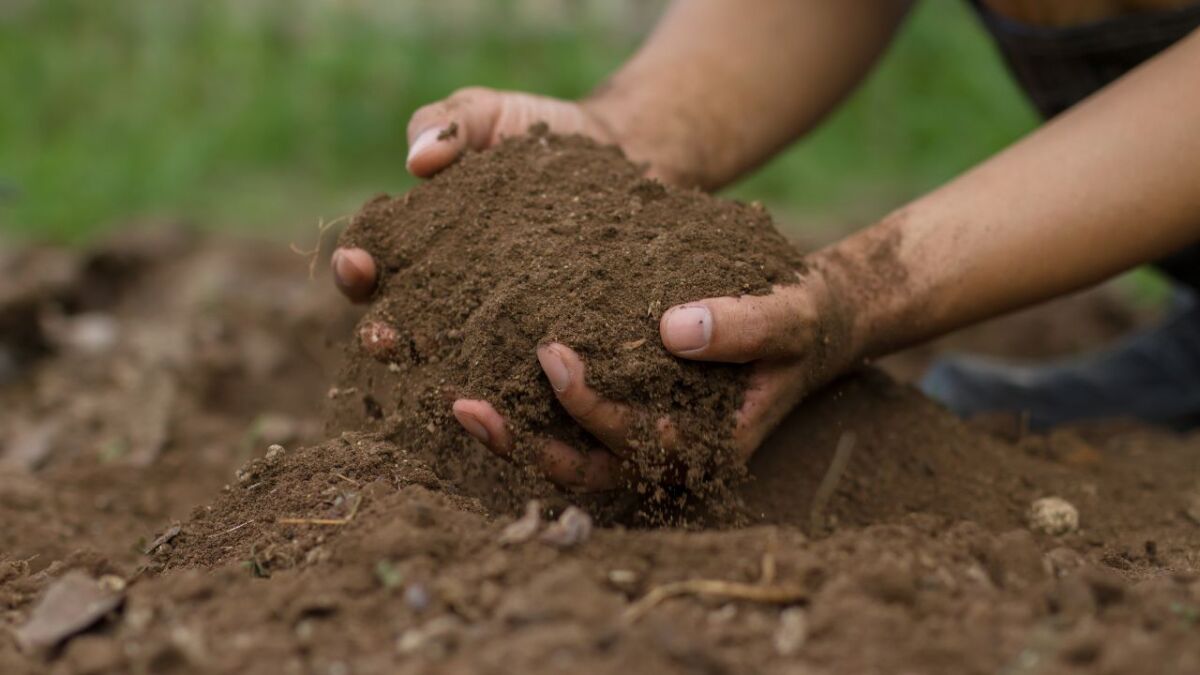
Determining the soil type as a self-sustainer - soil sample, advantages and disadvantages of sand and clay soils
👉 The key facts from this guide
- Determine the soil type in your garden to make the right care and plant selection.
- Sandy, loamy, and clay soils have different properties and requirements.
- Increase the humus content to improve soil structure and nutrient supply.
- Pay attention to the correct pH value for optimal nutrient availability and plant growth.
- Adequate watering and nutrient supply are important for sandy soils, while loosening and ventilation are important for clay soils.
- Organic material and humus are beneficial for all soil types and promote soil life.
Nearly every cultivated plant grows well in sandy loam to loamy sand.
Exactly what you will find in every gardening book under the location requirements of any cultivated plant. Exceptions, of course, confirm the rule.
In this post, you will learn how to easily determine the type of soil and how to achieve a bountiful harvest even on sandy or clay soils.
Determine soil type
In hardly any book does it say how to determine the soil. The preferred combination of clay and sand is often found in Germany, and those who can cultivate such soils should consider themselves lucky.
But most of you won't choose your house based on the garden soil - let's be honest, that's at the very bottom of the priority list, if at all.
I definitely don't have the luck to cultivate on sandy loam, I have almost pure clay.
This one is heavy, sticks to your feet, stays cool for a long time, dries poorly, and when it's dry, chunks of it crack.
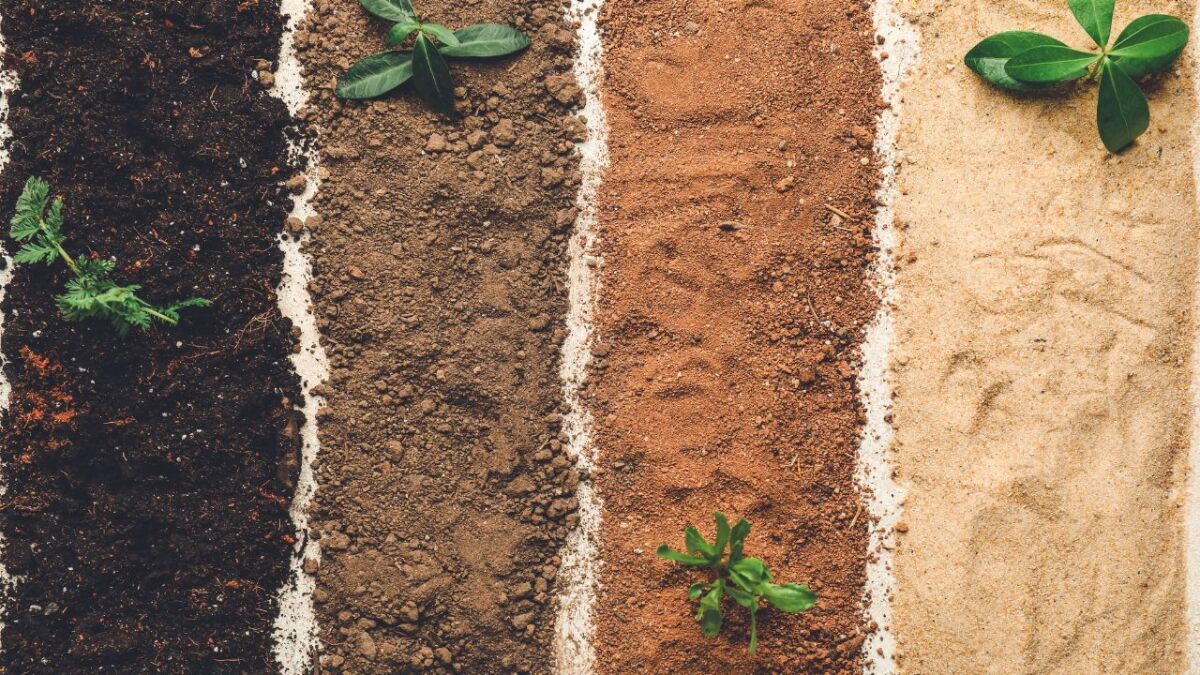
All in all, not the best conditions, but knowing how, one can achieve a bountiful harvest.
First, I will show you how to determine the texture of your soil, as this primarily determines how you should proceed with it.
For this, you grab a shovel, stick it into the ground, and take a piece of soil in your hand - a walnut-sized piece is completely sufficient.
The soil should be moist, but not wet. If it is too dry, simply moisten it with some water.
Sand, Silt, and Clay
The soil basically consists of three different fractions. Sand, silt, and clay.
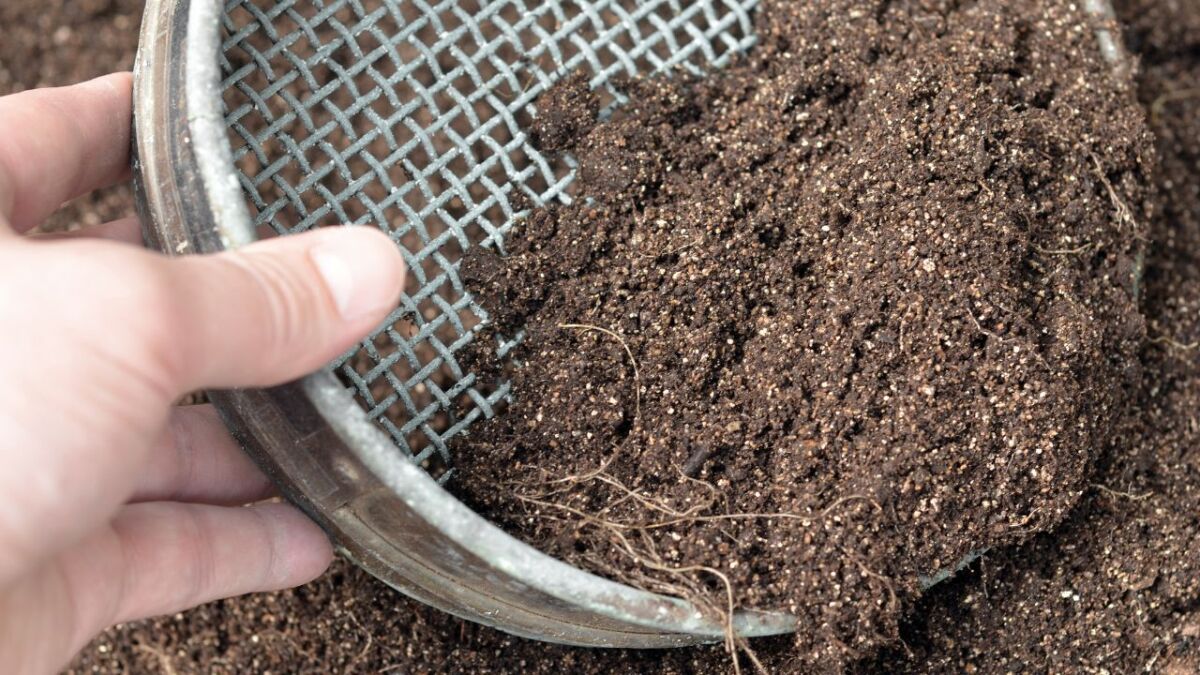
Sand
The coarsest fraction is sand (200-63 µm), and that's where you start. If sand is present, you can clearly feel the individual sand grains between your thumb and forefinger. The grains do not stick to the ridges of your fingers.
Slouch
The middle fraction is the silt (63 µm - 2 µm): soil with a high silt content is difficult to bind. To check this, you shape - or at least try to - a sausage out of the soil and roll it out until it breaks. The sooner the sausage breaks, the more silt it contains. The surface of the sausage is dull and the silt sticks strongly to the finger grooves.
Tone
The smallest fraction is clay (smaller than 2 µm). Soils with a high clay content can be easily formed into pencil-thin sausages, or even thinner. The surfaces appear shiny in contrast to silt.
This is how the individual factions feel:
- Sand - gritty
- Silt - velvety
- Clay - sticky
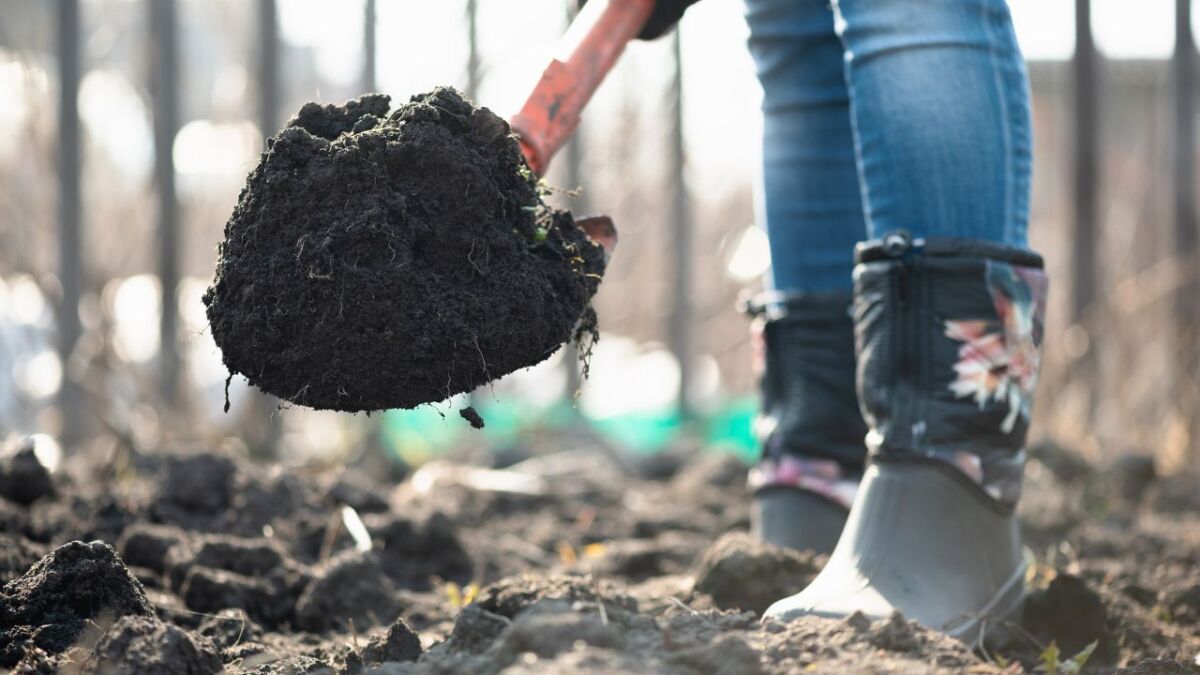
The floor triangle
Now there are rarely pure soils made of sand, silt, and clay. Often it is a mixture of two or three fractions with varying proportions.
This needs to be appreciated now. Of course, the whole thing takes a bit of practice.
To know what your soil needs, a rough classification is sufficient, you can save the money at the LUFA (Agricultural Investigation and Research Institute) and you don't have to do the bite test either. (This is not a joke, real soil scientists try whether the soil crunches (sandy) or tastes buttery (clayey)).
Using this simple method, you can classify your floor in the diagram below.
If you're lucky, you tend towards the middle, where there is a bit of everything, and you are the happy owner of sandy loam or loamy sand. (The mixture of silt and clay is called loam). If not, then your soil is either too light (sandy) or too heavy (silty/clayey).
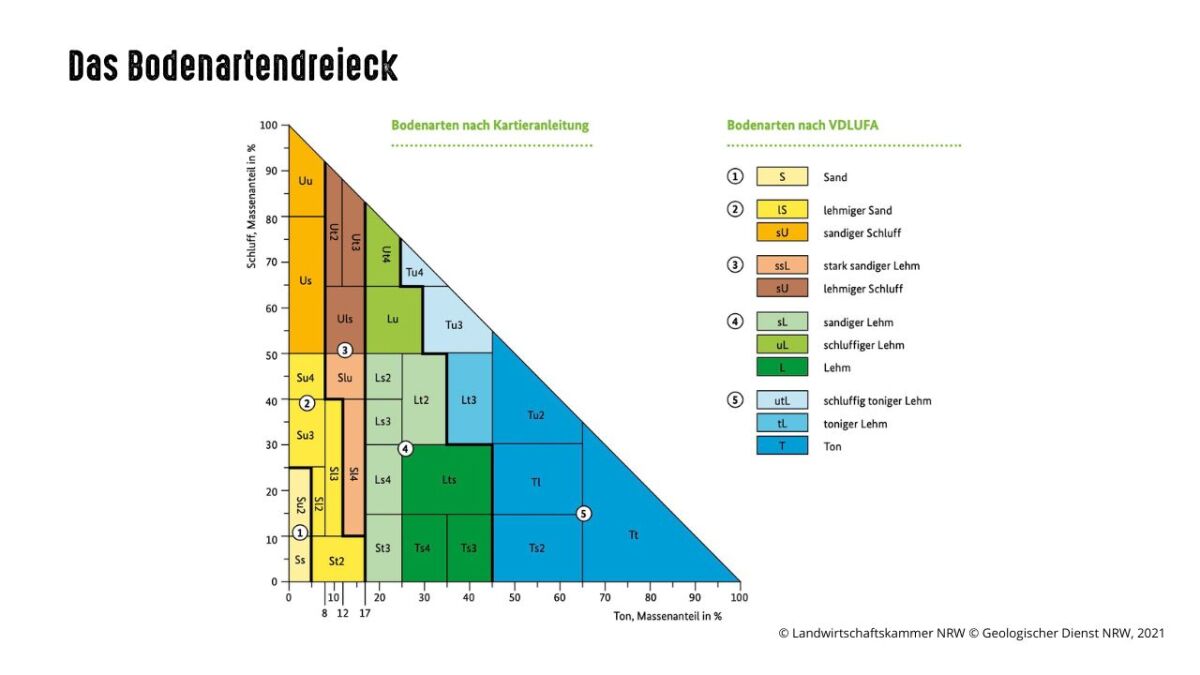
All information about the soil type triangle can be found here: https://www.praxis-agrar.de/pflanze/pflanzenbau/das-bodenartendreieck
Humus
The humus content has a different influence on the texture depending on the type of soil, and unfortunately, our estimation becomes a little less precise because of that. However, in my opinion, it is still extremely useful.
You can recognize a high humus content by the soil color. The rule of thumb is: the darker the soil, the more humus is present.
Gravel and Stones
Depending on the soil, stones of different sizes come to light. From a size of 2 mm, the stones fall out of the soil type and must be evaluated separately.
Stones up to the size of a fist are considered fertilizer, anything larger should be removed. The larger stones help maintain soil structure and can prevent soil compaction.
The benefit is not so great that you should pour gravel into the bed. On the contrary, especially during seedbed preparation, the largest stones should be removed, as the young seedling naturally cannot grow well on stones.
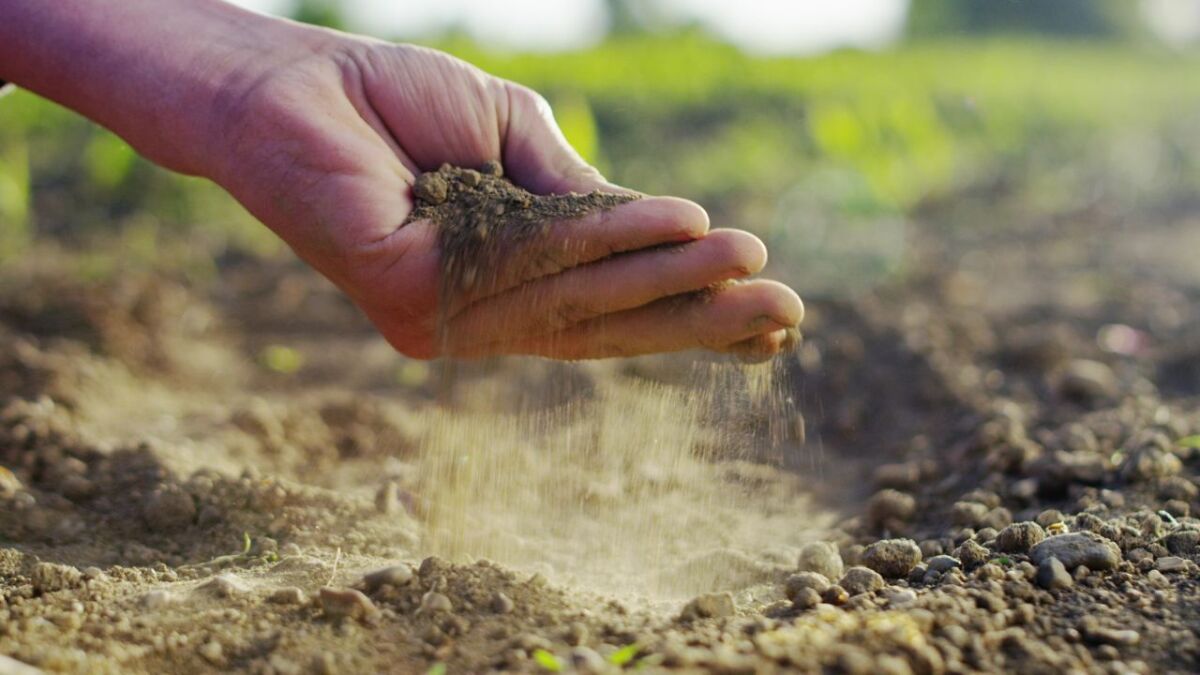
pH value
The correct pH value is one of the most important criteria overall. It promotes soil stability in general and is an indicator of nutrient availability.
If the pH value is not right, no matter how much you fertilize, it won't benefit the plant, and it will always wither and become sickly.
The correct pH value also depends on the type of soil. Once you have determined your soil type, you can use the table to determine the ideal pH value for your soil.
Some soils naturally contain enough lime, while others need to be supplied with it at regular intervals.
Relationship between soil type and pH value:
- Sandy soils 5.3 - 5.7
- Silty sand 5.8 - 6.2
- Sandy loam 6.3 - 6.7
- Clayey loam, clay 6.9 - 7.5
You can see that it makes more than just a small difference. That's why it's so essential for you to get to know your floor.
Don't let others discourage you. What works on Aunt Frieda's sandy soil or on Uncle Alfred's loamy soil may not work on your clay soil.
To determine your current pH level, there are many options, but I will introduce you to the simplest one.
First, get yourself indicator paper, which you can buy cheaply online or at the pharmacy. In the next step, mix soil from a depth of 10 - 20 cm with distilled water in a 1:1 ratio. Dip the indicator paper, read the color change. Done!
If the pH value needs to be raised, lime can be applied. Garden lime is inexpensive and proven. If the pH value needs to be lowered, it is a bit more tricky.
Organic material in general, but especially from coniferous trees, has an acidic effect in the long term. Acidic fertilizers such as ammonia or sulfur can also help. Consult an expert for advice.
A good point of contact are the LUFA or agricultural cooperatives. They also know whether you are allowed to purchase these fertilizers as a hobby gardener and can hopefully suggest alternatives.
Read also
With these essential garden tools and tricks, you will get through the self-sufficient gardening year - In this guide, you will learn about some of the best garden tools. This list of tools and accessories will help you grow your garden.
Problem soil sand
The sandy soil is easy to work with, which saves your back in the spring, but that is offset by the need to carry water in the summer.
Due to the many large pores, water, and nutrients cannot be retained well. And due to the many large pores, the soil has a low capillary action and can only inadequately utilize groundwater.
The addition of bentonite or other clay minerals increases water and nutrient holding capacity.
Nutrients rely on being able to "cling" to clay minerals to prevent them from being washed into groundwater.
The application of clay and bentonite, however, can be expensive and labor-intensive, depending on the area. Overall, it is an effective but rather impractical solution.
The humus can perform similar functions as clay minerals. Therefore, a very high humus content should be aimed for, especially in sandy soils. You can achieve this by continuously adding organic material.
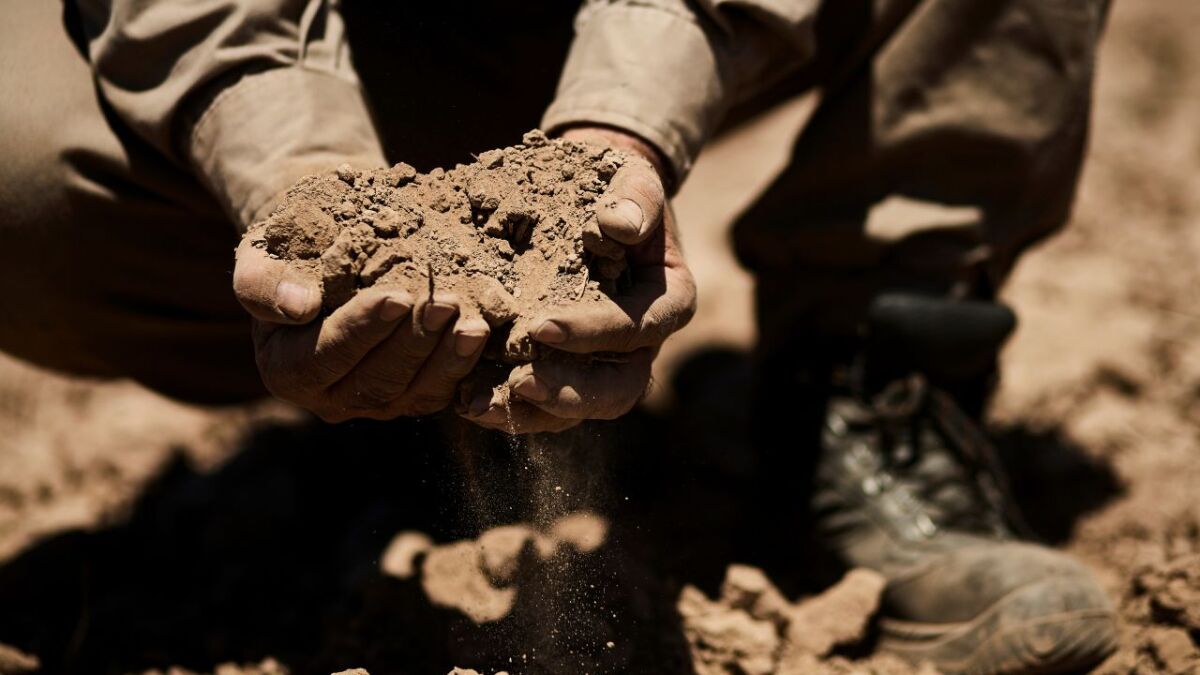
Gardening on sandy soils
On a sandy soil with a high humus content, cultivation can be done easily and very successfully. The plants are well supplied with nutrients due to the humus, and there is no waterlogging.
The soil warms up quickly in spring, making asparagus, potatoes, and all sorts of other plants feel right at home.
Especially important is to make sure to water your plants enough - especially in the summer with longer periods without rain and hot days, they need to be watered daily in the evening.
Use homemade fertilizers to provide additional nutrients to your plants and ensure they are optimally nourished in every growth phase. Only with excellent humus content, a single compost fertilization is sufficient.
A sandy soil does not need to be dug up, in fact, it is counterproductive as it accelerates the decomposition of humus. For sandy soils, it is sufficient to loosen the top 10 cm with a rake.
Problem soil clay/silt/clay
These soils are also considered heavy. You will notice why during the first dig.
If it is very damp, it sticks together in large clumps. Working on such a ground is difficult.
I can only advise you to work the soil when it is damp, but not wet, definitely not dry. It is worth waiting for the right moment and, if necessary, sowing two weeks later.
Plants catch up quickly, but poor soil preparation hampers them all year round.
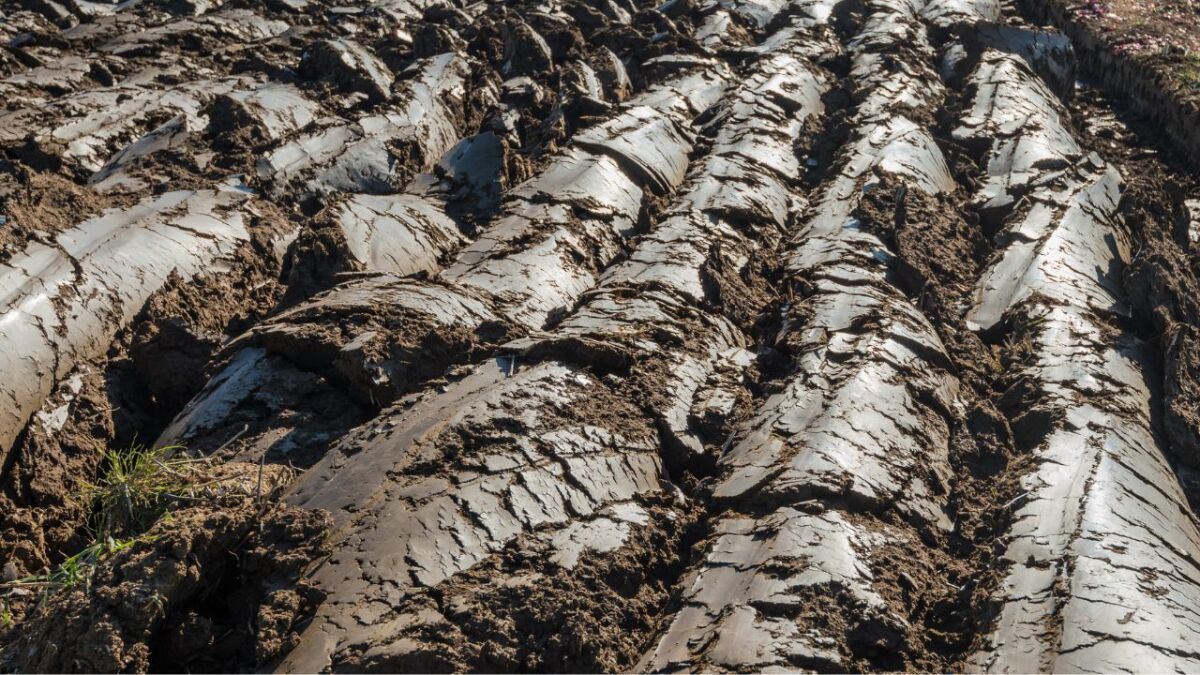
Gardening on clay soils
These soils should be dug up in autumn before the frost sets in, letting the frost do the work for you.
The freezing water literally bursts the coarse clumps, resulting in a deep loosening down to the plow horizon (first 30 cm).
I don't think much of double spading depth and deep loosening, this should only be done if the subsoil is proven to be heavily compacted. Under no circumstances should the layers be mixed, as this disrupts the soil in the long term.
After the frost thaw in spring, the soil is plowed or loosened with a grubbing hoe. The grubbing hoe has proven to be the tool of choice for me and is worth investing in on such soils.
Now you must not enter the bed anymore, as you would destroy the soil structure, but wisely you have already created paths.
The Soil Life
Don't let negative voices discourage you. The practice of turning over the soil, such as digging, is not inherently bad. Especially when starting to garden on heavy soil, it is practically unavoidable.
The soil needs to be aerated; otherwise the plant roots cannot grow. Don't worry too much about the soil life, the microorganisms, and earthworms will quickly recover and be happy about the improved living conditions, just like the plants.
Over the years, you continuously improve your soil with organic material, and the higher the humus content in the soil, the less you need to till the soil.
Growing Fine Vegetables
Fine-seeded vegetables like carrots have a hard time on such soils, so I recommend that you prepare the seedbed here particularly carefully.
After rainfall, heavy soil tends to crust, and this resistance is too much for some seedlings, causing them to wither before they even emerge.
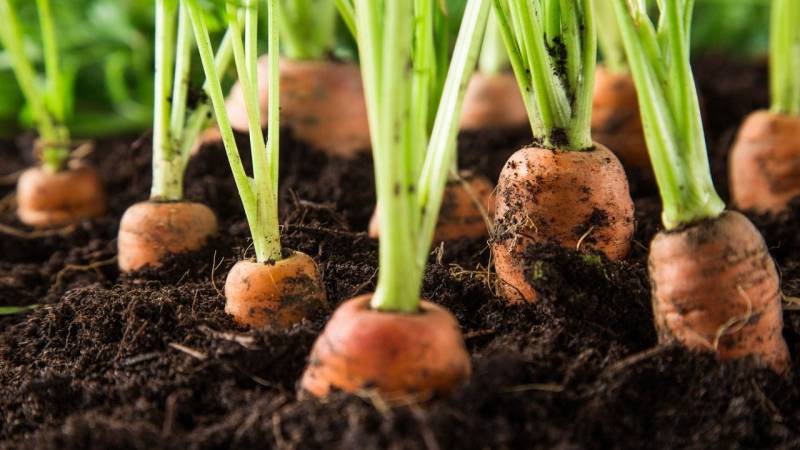
Therefore, first spread a layer of sand about one to two cm high on the future seedbed. Use a three-pronged fork to lightly incorporate the sand into the soil. Now you can proceed to create the seed furrow and sow as usual.
Through the sand, it will be easier for the seedling and if you pay attention to sufficient moisture, your germination rate will be higher and more even.
By the way, you are gradually adding sand to the soil year after year, thus improving it sustainably. Large-seeded vegetables, such as peas and beans, also germinate well without this special treatment.
Advantages of clay soils
The advantages of this soil lie in its high water and nutrient holding capacity. A single fertilization with compost and manure may be sufficient for good overall condition.
You only need to water rarely, but then correctly. Many make the mistake of watering incorrectly. In every bed, there are "indicator plants" for water deficiency, which first let the leaves hang down, then it is time to water.
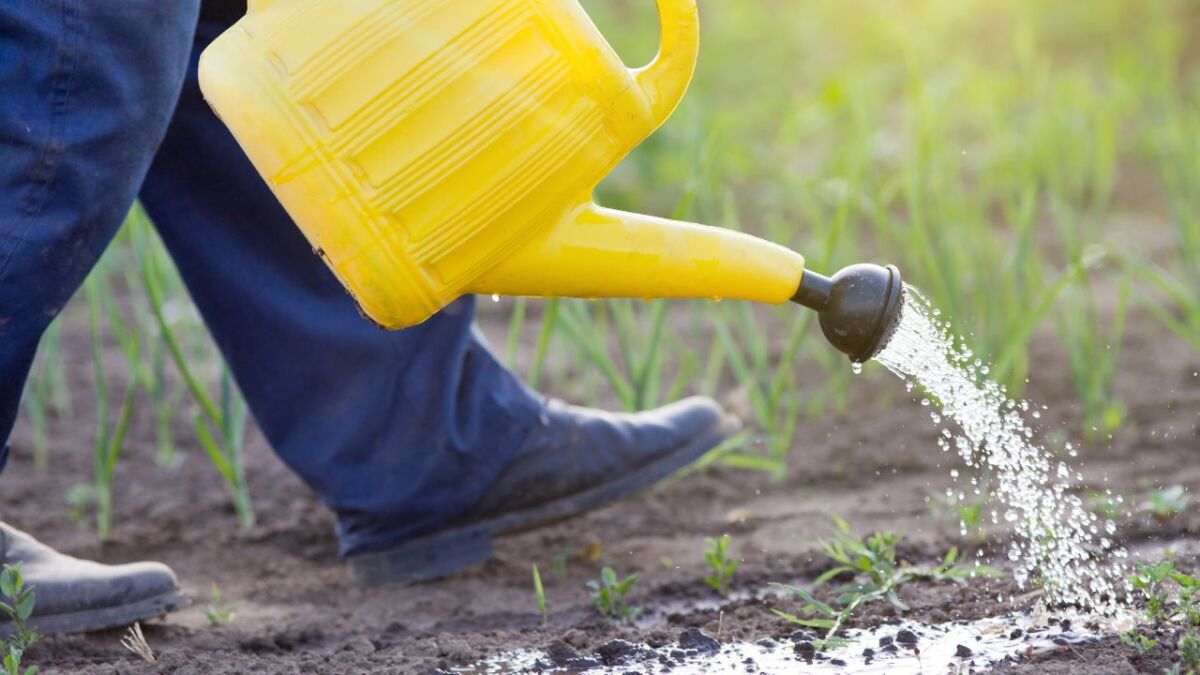
If you're unsure, you can also simply stick a spade into the ground. Is there still water to be found in the lower 20 cm?
If so, you just need to provide small seedlings and young plants with an extra dose of water, the rest will be fine with the existing supply.
Depending on the location, these soils can even draw in groundwater. But when it's time to water, water properly. That means watering enough to moisten the entire plow horizon, the first 30 cm.
There is no point in moistening the first 3 cm daily, this water evaporates rather than benefiting the plant.
Just make several passes so that the water can seep into the ground, and you don't simulate heavy rain that only muddies the soil.
If in doubt, simply check again with a spade to see if the water has penetrated deep enough.
Adding organic matter and humus is also very beneficial for clay soil. Not so much because of its positive influence on water and nutrient retention, but more because it helps to loosen the soil structure.
There is a direct effect through structural improvement and an indirect effect through the promotion of earthworms.
Also read
16 quickly growing vegetable plants to grow in a crisis (emergency food from the garden) - When the shelves in the supermarket are empty due to a crisis, it's better to grow your vegetables. Here are 16 great, quickly growing vegetable plants.
Conclusion
You have learned the most important basics of soil science for your self-sufficient life.
You now know how to determine the type of soil and how to deal with problematic soils such as clay or sand to achieve a bountiful harvest.
Use this knowledge and take a close look at your floor next time.
Have fun gardening and let me know in the comments what type of soil you're dealing with.


Author of the guide
Martin Gebhardt
Hey, I'm Martin. On my blog, you will learn the basics and numerous details about living in the wild. I think survival, bushcraft and the good life in nature are the keys to happiness. Find me here on Instagram or on YouTube. You can find more about my mission on the About Me page.
Was this guide helpful?
15 people found this guide helpful.
5.00 out of 5 points (15 Ratings)
Comments (0)
This post may contain affiliate links. So if you click on the links and make a purchase, I will receive a small commission at no additional cost to you. Click here, to learn more about it.


